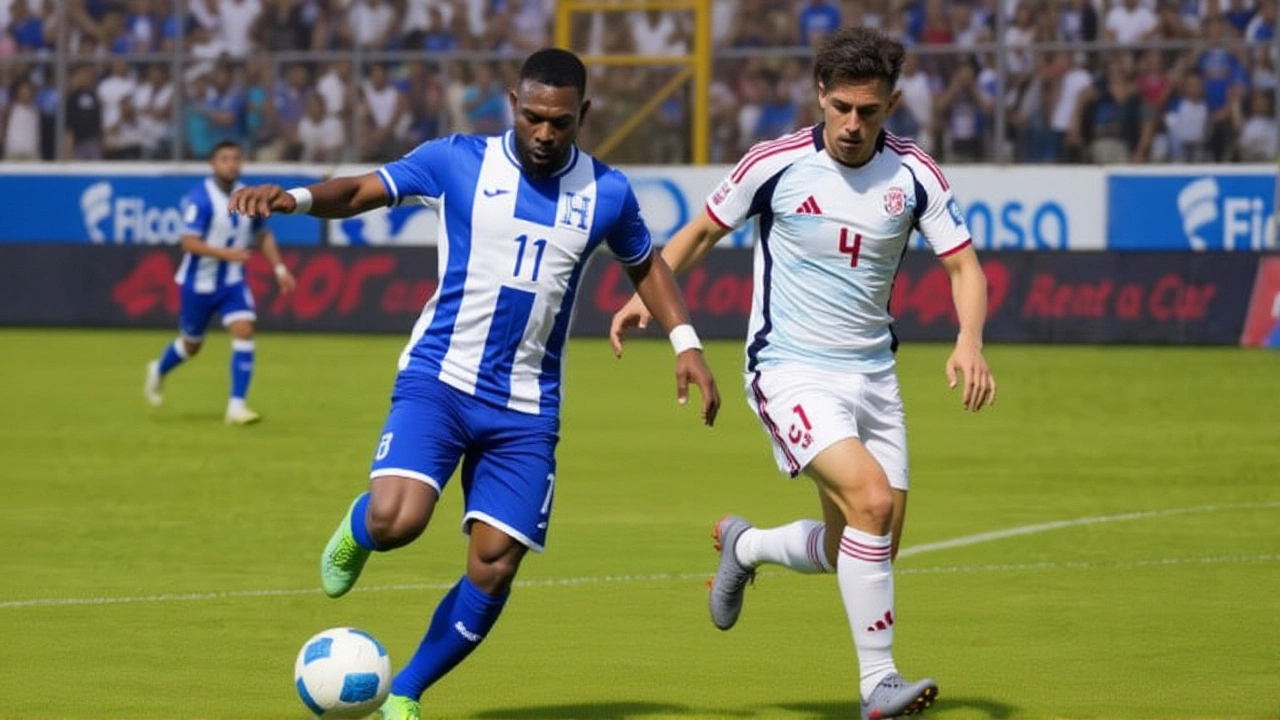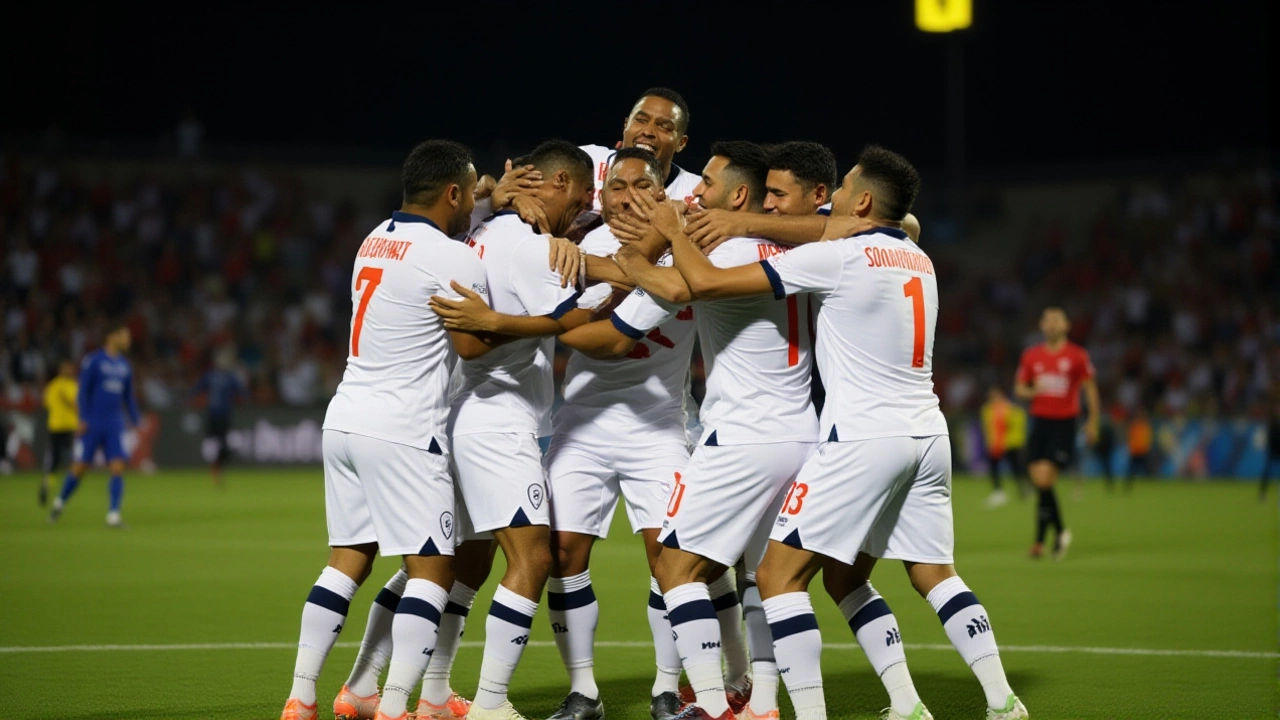When Costa Rica crushed Belize 7-0 on March 21, 2025, in San José, no one doubted they’d qualify — but even the most optimistic fans couldn’t have predicted the 13-1 aggregate demolition that followed. That result wasn’t just a win; it was a statement. Seven nations clinched their final spots in the 2025 CONCACAF Gold Cup over two tense legs on March 21 and 25, 2025, setting the stage for a tournament that would end with Mexico lifting their record-extending tenth title on July 6 at NRG Stadium in Houston. The road to Houston wasn’t glamorous, but it was gritty — and it delivered drama few saw coming.
The Qualifiers: Who Made It and How
The CONCACAF Gold Cup Qualification tournament wasn’t just a formality. It was a survival test. Teams ranked as low as 25th in CONCACAF’s standings — like Belize, with just 791 points — faced off against regional heavyweights. The results were stark. Costa Rica didn’t just win — they obliterated. After the 7-0 first leg, they followed up with a 6-1 second-leg thrashing at the same stadium, with goals from A. Bran (twice), A. Martínez, M. Ugalde, Á. Zamora, and C. Bernárdez. The 13-1 aggregate remains the most lopsided in Gold Cup qualifying history. Jamaica steadied nerves after a 1-1 draw in Kingston, then shut out Saint Vincent and the Grenadines 3-0 in the return leg. Honduras pulled off a stunning comeback: down 5-3 after the first leg in Tegucigalpa, they held firm to win the second leg 2-0, with J. Benguche and L. Palma sealing their spot with late goals. Guatemala survived a nail-biter against Guyana, losing the first leg 3-2 but bouncing back with a 2-0 win. Trinidad and Tobago dominated Cuba 6-1 on aggregate, while Suriname and Guadeloupe both won their ties 2-0 on aggregate — each winning both legs 1-0, away and home. It was a testament to resilience.The Bigger Picture: Seeding, Surprise, and Stakes
The CONCACAF rankings played a quiet but critical role. Costa Rica (1,658 points, 5th) and Jamaica (1,574, 6th) were expected to advance. But Suriname (1,128, 16th) and Guadeloupe (1,139, 14th) — islands with limited professional infrastructure — punched above their weight. Their victories weren’t flukes. They were the product of disciplined coaching, tactical discipline, and a hunger that often outpaces resources. Bermuda (885 points, 21st) and Saint Vincent and the Grenadines (870, 22nd) were outclassed. Belize (791, 25th) became the poster child for the gap between ambition and execution. Their 13-1 aggregate loss wasn’t just a defeat — it was a wake-up call for smaller nations.
The Tournament That Followed
The seven qualifiers joined the automatic entrants: Mexico, United States, Canada, and Panama. The group stage drew sharp lines:- Group A: Mexico, Costa Rica, Dominican Republic, Suriname
- Group B: Canada, Honduras, Curaçao, El Salvador
- Group C: Panama, Jamaica, Guatemala, Guadeloupe
- Group D: United States, Saudi Arabia, Trinidad and Tobago, Haiti
Why This Matters Beyond the Trophy
This wasn’t just about who advanced. It was about visibility. For Suriname and Guadeloupe, qualifying meant global exposure, youth development funding, and a chance to compete on the same stage as giants. For Honduras, it was redemption after missing the 2023 edition. For Jamaica, it was proof their rebuilding phase is working. The Gold Cup’s expansion — now featuring 16 teams — has leveled the playing field slightly. But the gap between the elite and the rest? Still wide. The 13-1 thrashing by Costa Rica? It wasn’t just a scoreline. It was a reminder of what happens when preparation meets opportunity.
What’s Next?
CONCACAF has already announced the 2027 qualifiers will begin in late 2026, with a new format that includes a preliminary round for the lowest-ranked teams. Expect more surprises. More upsets. More stories like Suriname’s 1-0 away win in Fort-de-France — a match that, for one small nation, felt like a World Cup final. The Gold Cup isn’t just a tournament. It’s a ladder. And on March 25, 2025, seven teams climbed high enough to touch the top rung.Frequently Asked Questions
Which teams automatically qualified for the 2025 CONCACAF Gold Cup?
Mexico, United States, Canada, and Panama received automatic berths as top-ranked CONCACAF members. They were joined by the seven teams that won their two-legged qualifying ties: Costa Rica, Jamaica, Honduras, Guatemala, Trinidad and Tobago, Suriname, and Guadeloupe. The final 16-team field also included Saudi Arabia as a guest nation, a move that sparked debate but added global appeal.
How did Costa Rica’s 13-1 aggregate win compare to past Gold Cup qualifiers?
The 13-1 aggregate victory over Belize was the largest margin in Gold Cup qualifying history, surpassing the previous record of 11-2 set by the U.S. over Saint Lucia in 2007. No other team in the 2025 qualifiers won by more than six goals on aggregate. The 7-0 first leg was also the largest single-leg shutout in the tournament’s qualifying phase since 2019.
Why did Saudi Arabia appear in the 2025 Gold Cup?
CONCACAF invited Saudi Arabia as a guest nation to broaden the tournament’s global reach and test competitive balance against non-CONCACAF sides. It was the third time a non-CONCACAF team participated — following South Korea (2019) and Qatar (2021). Saudi Arabia was placed in Group D and finished third, failing to advance but earning praise for their tactical discipline against the U.S. and Trinidad and Tobago.
What impact did Suriname and Guadeloupe’s qualification have on their football development?
Both nations received a $1.2 million development grant from CONCACAF for qualifying, plus increased exposure to European scouts. Suriname’s national team saw a 40% spike in youth registrations in the six months after their win. Guadeloupe, though still an overseas department of France, used the run to push for greater autonomy in international competitions — a move now being discussed by FIFA.
Who were the top goal scorers in the 2025 Gold Cup qualifying matches?
Costa Rica’s A. Bran scored four goals across both legs against Belize, tying for the lead. Jamaica’s K. McFarlane and Honduras’ J. Benguche each netted three. Notably, three own goals were scored in the qualifiers — including Belize’s D. Arzú in the first leg — a rare statistical quirk that highlighted defensive pressure. Only three players from the seven qualifiers scored in both legs, underscoring the difficulty of sustaining momentum.
How did the 2025 Gold Cup final compare to past finals in terms of attendance and drama?
The 54,309 fans at NRG Stadium made it the second-largest Gold Cup final attendance ever, behind only the 2019 final in Pasadena (70,000). But in terms of drama, it was among the most thrilling: Mexico came from behind twice, with a 92nd-minute winner sealing the 3-2 win. It was the first time since 2009 that the final featured three goals in the final 20 minutes. The win extended Mexico’s record to 10 titles — five more than any other nation.
